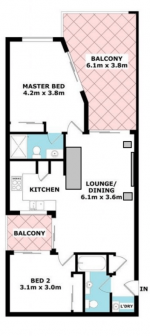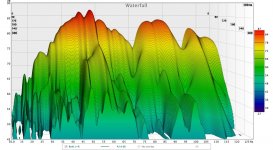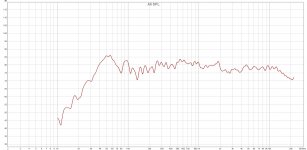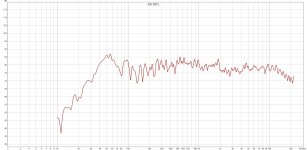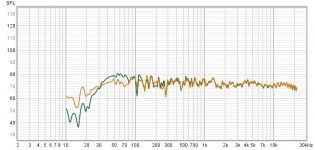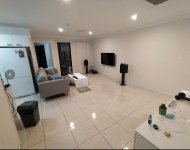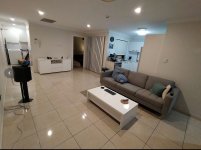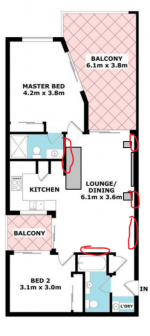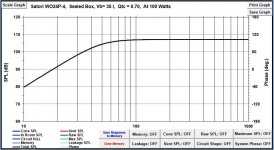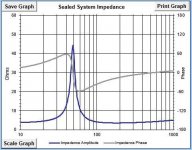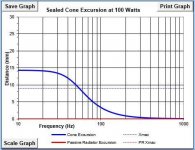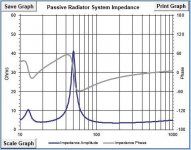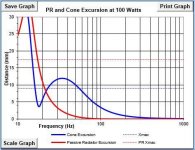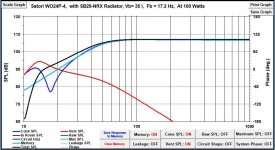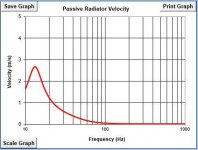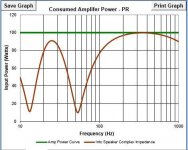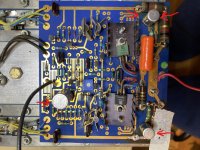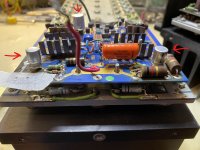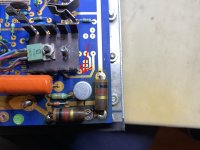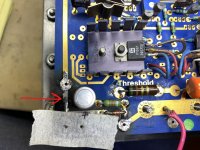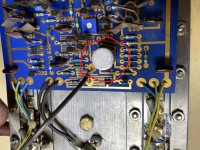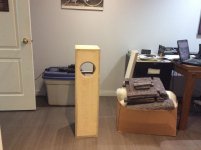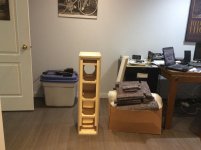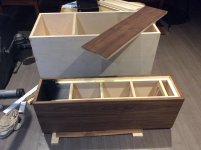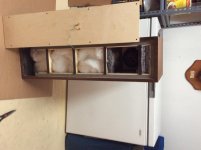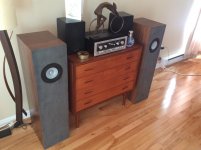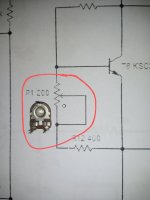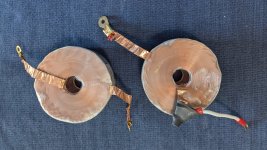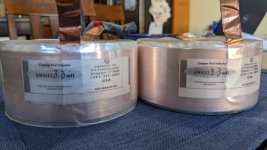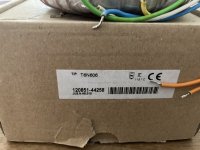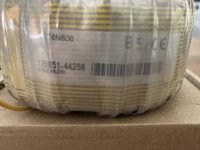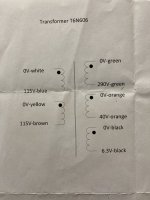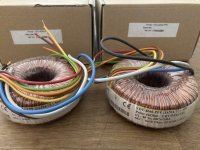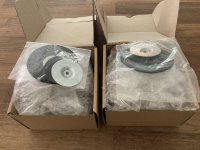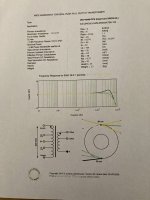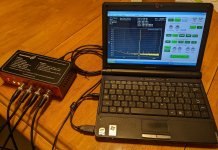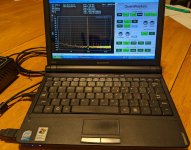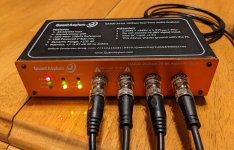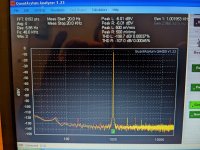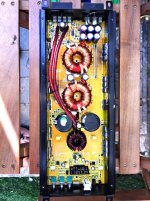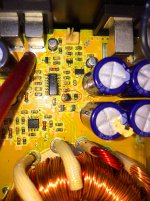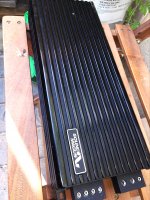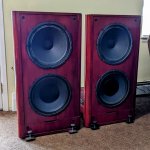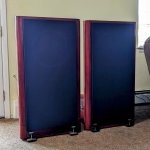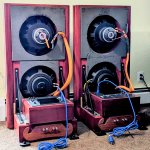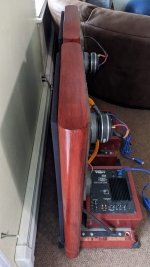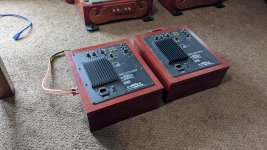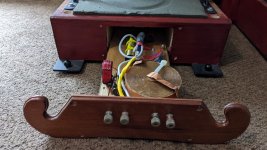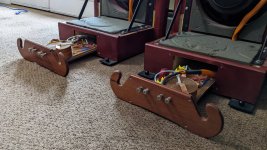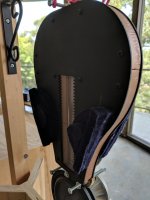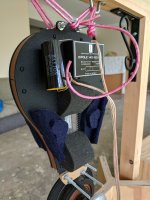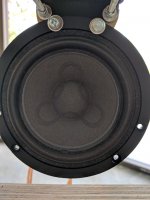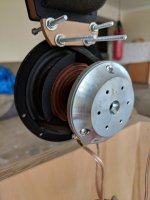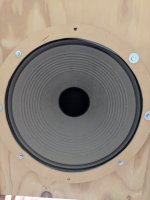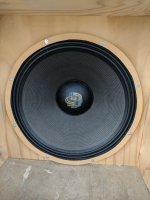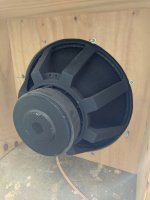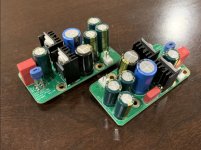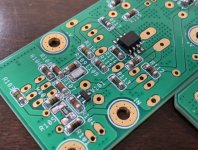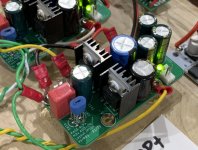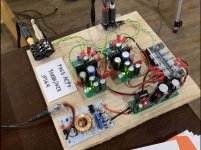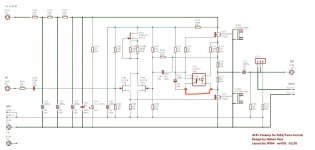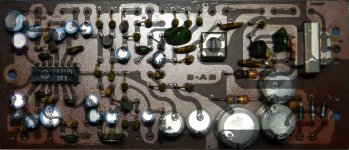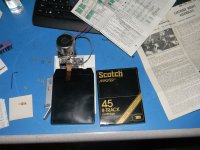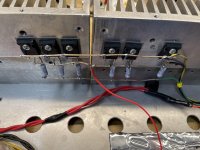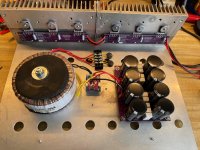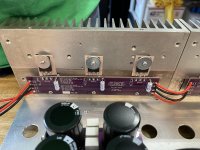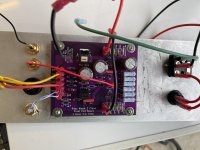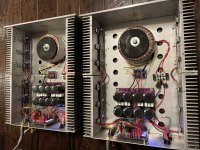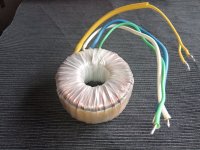Where is the star that created earth and our solar system?
- By andy2
- The Lounge
- 94 Replies
Our earth is formed from and out of star dust which comes from a star exploding a long time ago.
If that is that case, then that star whichever it is must be still around in the form of either
a black hole of a white dwarf. But a star big enough to create our solar system, then most
likely it probably ended up being a black hole.
One possible explanation is cosmic inflation. If whichever star it was that exploded a long
time ago, through cosmic inflation, probably be millions of light year away from our solar system.
Our earth is about 4 billion years old. The universe is about 15 billion years old and inflation happens at
very early in the beginning of the universe. Which means that the star that created our solar system
must have explode very nearly early on before inflation and the space between the remnant (that created earth),
expand accordingly therefore it probably be very far away.
But if the star exploded much later on, then it must still be around close by.
If that is that case, then that star whichever it is must be still around in the form of either
a black hole of a white dwarf. But a star big enough to create our solar system, then most
likely it probably ended up being a black hole.
One possible explanation is cosmic inflation. If whichever star it was that exploded a long
time ago, through cosmic inflation, probably be millions of light year away from our solar system.
Our earth is about 4 billion years old. The universe is about 15 billion years old and inflation happens at
very early in the beginning of the universe. Which means that the star that created our solar system
must have explode very nearly early on before inflation and the space between the remnant (that created earth),
expand accordingly therefore it probably be very far away.
But if the star exploded much later on, then it must still be around close by.
